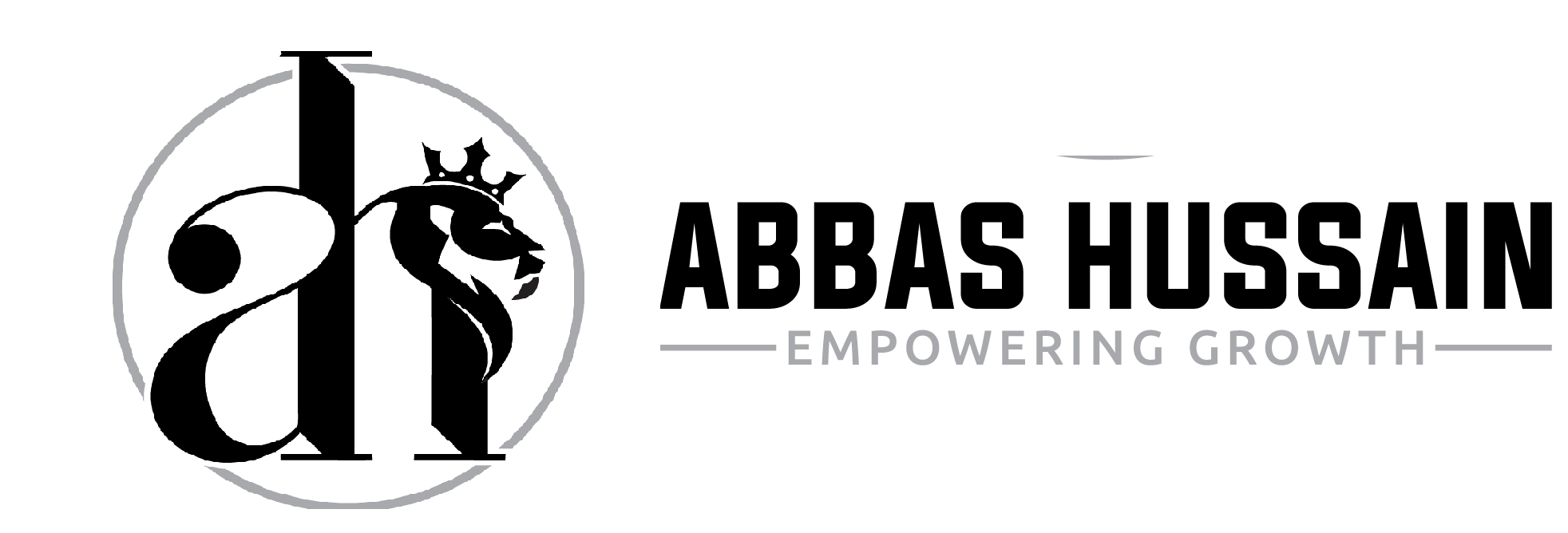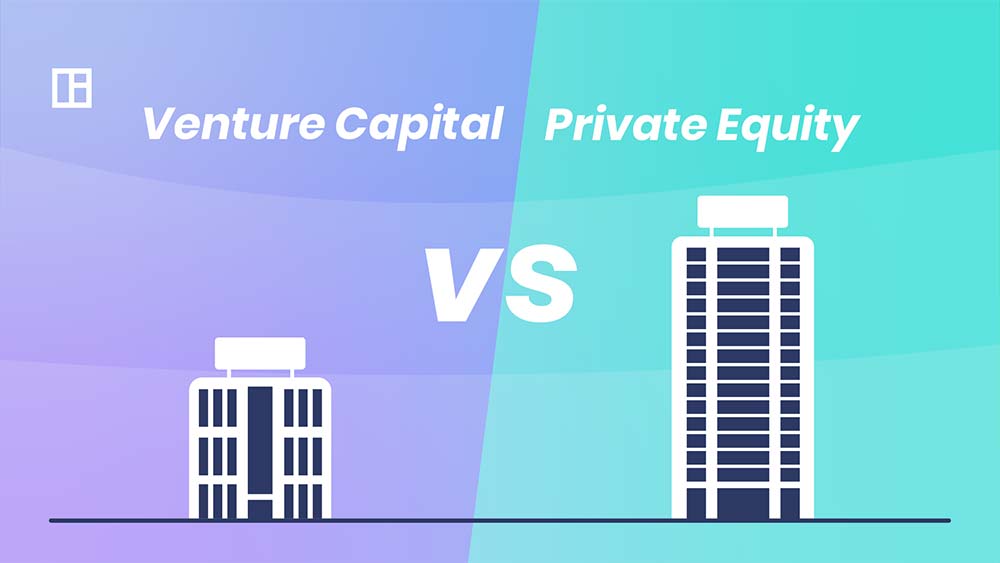For entrepreneurs seeking capital to fuel their business growth, it is essential to grasp the fundamental differences between private equity (PE) and venture capital (VC) investments. Both forms of investment can be effective means to raise funds, but they cater to distinct stages of companies and have varying investment sizes, holding periods, and investment structures. In this article, we will explore the key disparities between PE and VC investments, enabling you to make an informed decision about the best fit for your business. By understanding these differences, you can align your goals with the right type of investor and increase your chances of securing the right funding to propel your startup to success.
Stage of Company
PE investors typically target established companies that are in the expansion or restructuring phase. These companies have a proven track record and are usually profitable. In contrast, VC investors focus on early-stage startups that are in their nascent phase and may not yet be profitable. VC investors seek out innovative ideas and strong management teams with the potential for significant growth.
Size of Investment
PE investments generally involve larger sums of money compared to VC investments. PE firms often inject millions or even billions of dollars into companies, while VC firms typically invest hundreds of thousands to several million dollars in startups. The higher investment amounts in PE are in part due to the larger scale and operational complexity of established companies.
Holding Period
The holding period, or investment timeline, differs significantly between PE and VC. VC firms typically anticipate a shorter exit timeline, often as early as three years after making their initial investment. In contrast, PE firms expect a longer investment horizon, usually ranging from five to seven years. This prolonged holding period allows PE firms to add value to their portfolio companies by improving operational efficiency and pursuing strategic growth opportunities.
Investment Structure
The investment structure of PE and VC investments also diverges. PE investments often take the form of buyouts, where the PE firm acquires a controlling stake in an established company. On the other hand, VC investments involve taking an equity stake in early-stage startups in exchange for funding.
VC investors place significant value on the potential of a novel idea and a strong management team, rather than relying on a proven track record. This is because early-stage startups may not have achieved profitability or generated significant revenue yet.
Suitability for Your Startup
Deciding between PE and VC investment largely depends on your business’s stage, goals, and specific needs. If your company is already established and looking to expand or restructure, PE investment might be a better fit. PE firms can leverage your company’s track record and help refine operations to drive growth.
On the other hand, if you are an early-stage company seeking to grow and develop, VC investment would be more suitable. VC investors are willing to take on higher risks associated with startups in exchange for the potential of market-changing technologies and significant returns.
Conclusion
In conclusion, comprehending the differences between PE and VC investments is crucial for entrepreneurs seeking funding for their startups. While PE targets established companies with a focus on expansion, VC invests in early-stage startups with innovative ideas and growth potential. The size of the investment, holding period, and investment structure all play significant roles in differentiating these two forms of investment.
Before approaching investors, carefully assess your startup’s stage, goals, and growth potential. This will enable you to determine which type of investor aligns best with your needs and objectives. Regardless of your choice, be prepared to negotiate fair terms and have a robust business plan that outlines your company’s vision and growth strategy. With the right investor and a well-defined plan, you can secure the funding needed to propel your startup to success.


